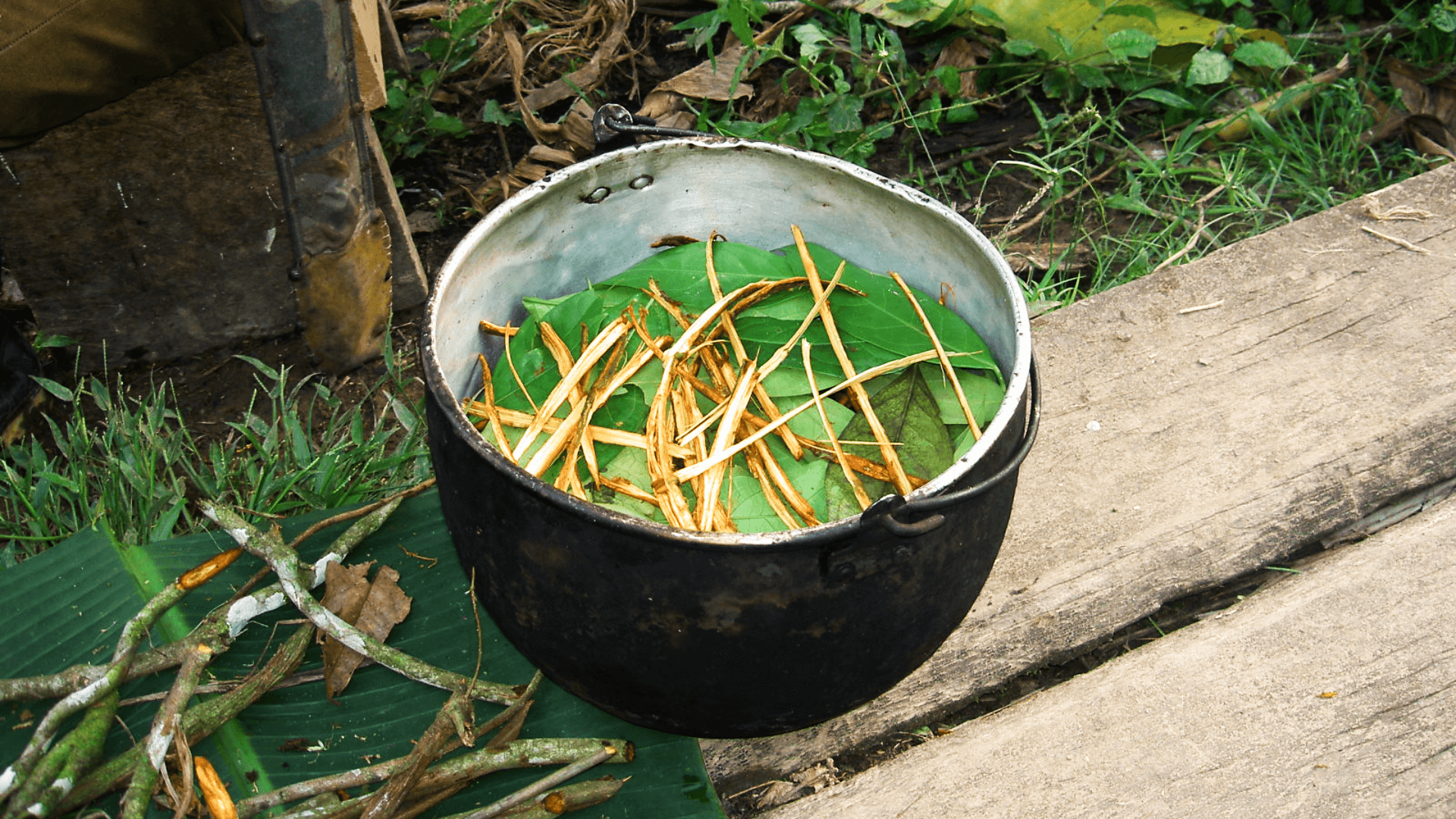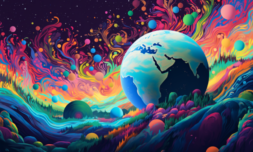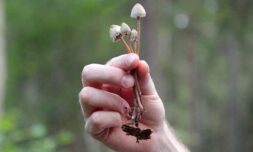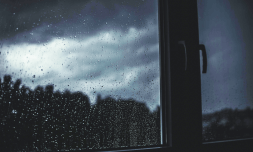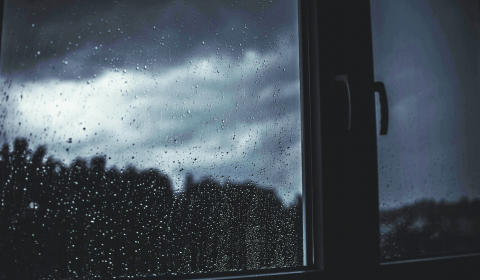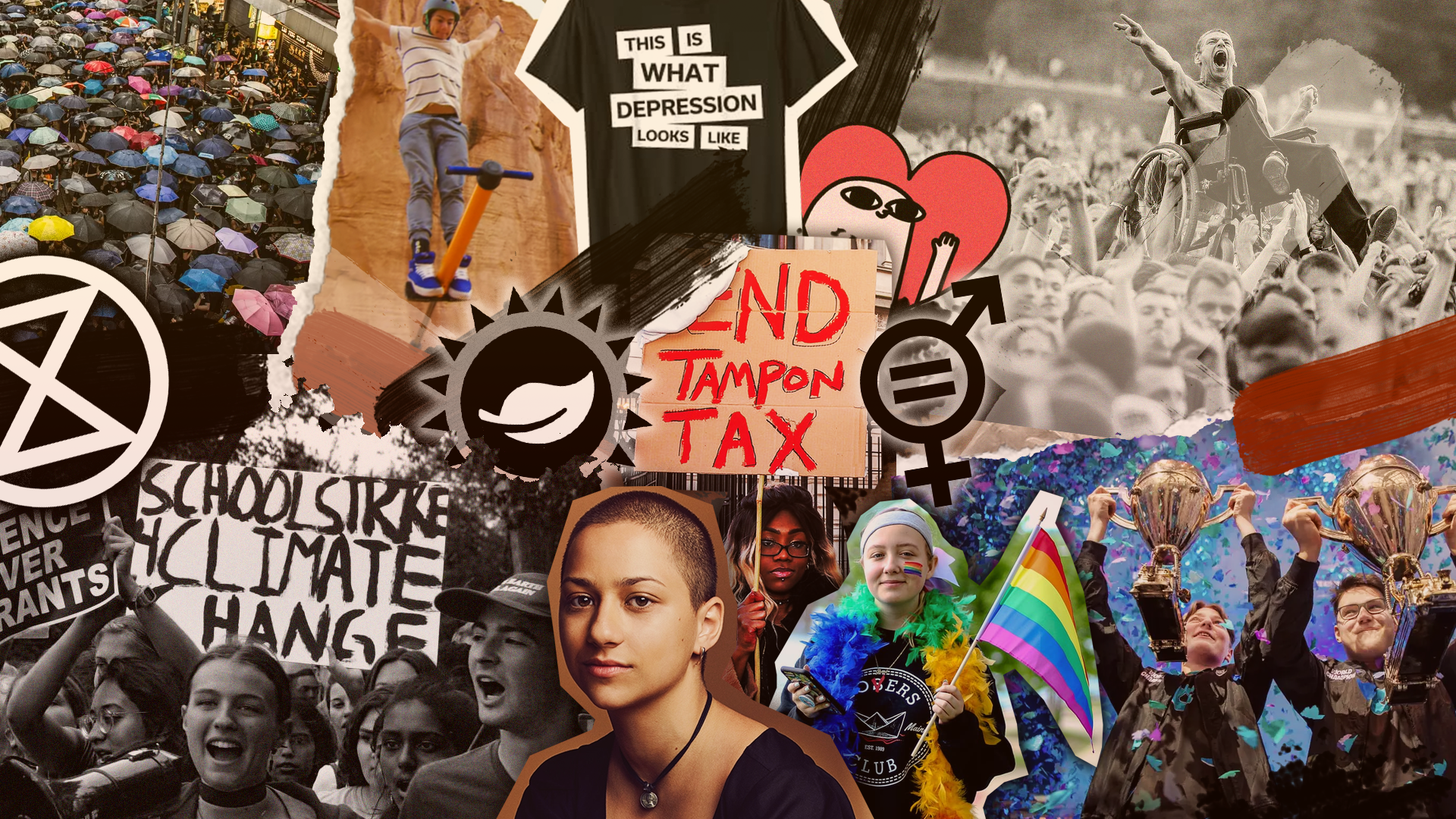How tourism centred around the popular drug is wreaking havoc for Indigenous communities.
Ayahuasca has become a wellness darling in recent decades. The hallucinogenic plant is native to the Amazon basin, and as more of us embark on quests for healing and personal transformation, it’s exploded in popularity.
Framed as a pathway to spiritual enlightenment, the psychedelic has drawn thousands of Western visitors to Peru, Brazil, and Colombia, all in search of mystical breakthroughs. But as the plant spawns its own flourishing tourism industry, question around the origins of ayahuasca – and the communities associated with it – have become more fraught.
This is because what was once a sacred, community-bound practice has been reshaped into a hyper-commercialised experience designed to cater to the expectations (and wallets) of Westerners. This colonial wellness is part of a larger trend that sees Indigenous sovereignty and knowledge systems increasingly erased in the name of ‘self-improvement’.
Ayahuasca is a spiritual cultural practice that has been used for generations amongst various Indigenous communities, for purposes that transcend the individual: healing, divination, and ecological harmony amongst others. In this context, the plant’s usage is deeply embedded within notions of reciprocity with the natural world.
When a concoction made using the vines and leaves of the shrub is ingested, it can cause powerful hallucinations, disorientation, and a sense of disembodiment of ‘ego death.’
These side-effects have drawn attention to ayahuasca usage and driven its popularity in the Western world – particularly as prominent figures share their own experiences. Lindsay Lohan, for example, famously claimed that it helped her let go of ‘the wreckage of [her] past life,’ resolving trauma and enabled her to move forward.
Research is continuously being carried out to explore the potential effects and healing potential of ayahuasca, with experts looking into its usage for things like addiction, depression, eating disorders and post traumatic stress disorder.
As a result, hundreds of ayahuasca retreats have started cropping up in the Amazon region, drawing more and more Western tourists each year. So-called ‘ayahuasca retreats’ draw individuals looking for a kind of spiritual awakening or self-improvement program, led by pseudo-shamans who serve to cater to demand.
Speaking to VICE, Valerie Meikle, a Reiki master and holistic healer who lives outside Leticia, Colombia, shared her thoughts on this rise of ayahuasca tourism, stating that the influx of visitors had caused traditional ayahuasca rituals to lose ‘some of their original power’, with ceremonies often ‘adapted to suit foreigners who are ready to pay high prices on low-quality rituals.’









